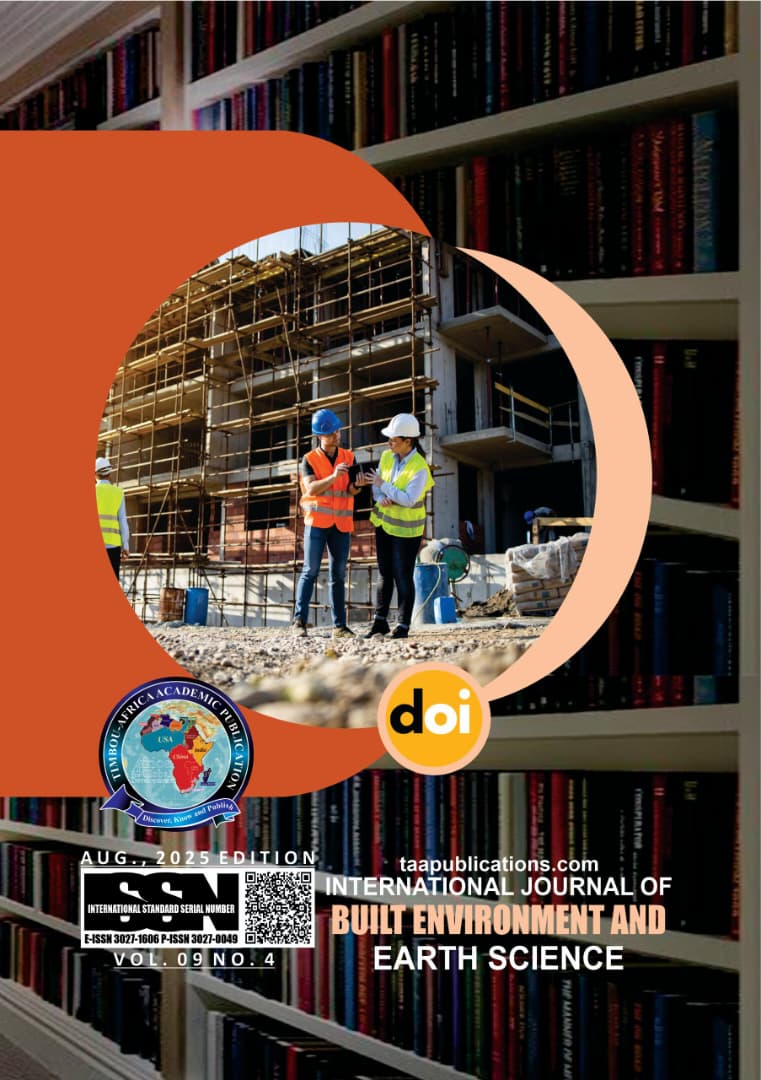BIOMIMICRY AS A CATALYST FOR REGENERATIVE ARCHITECTURE: FROM NATURE-INSPIRED FORM TO ECOSYSTEM RESTORATION

Abstract
Architecture needs a shift from methods that merely reduce damage to ones that actively restore ecological systems as environmental degradation speeds up on a global scale. This study looks at biomimicry, a design approach that takes inspiration from the structures, functions, and ecosystems of nature to create regenerative built environments. Biomimicry connects architectural design with the intelligence of natural systems by providing a biologically informed framework that goes beyond traditional ideas of sustainability. This paper uses a qualitative, exploratory research design to examine the three conceptual levels of biomimicry: form (The Gherkin, London), process (Al Bahar Towers, Abu Dhabi), and ecosystem (Lavasa Hill City, India) through a combination of theoretical investigation and comparative case study analysis. These instances show how, in a variety of settings and scales, nature-inspired design can promote deeper environmental integration, climatic adaptability, and energy efficiency. The study offers a regenerative design paradigm that switches the relationship between architecture and ecology from one of extraction to one of reciprocity by framing nature as model, measure, and mentor. It provides useful advice for legislators, educators, and architects who want to incorporate biomimicry into a more restorative and holistic approach to architecture. By doing this, the study adds to the expanding body of knowledge on regenerative design and presents a vision for structures that actively act to heal the environment in addition to providing shelter.
Keywords
Bio-inspired architecture, Ecological resilience, Nature-inspired design, Regenerative design principles, Sustainable design
Author Biography
MARIAM A. OLUWATOSIN
A Nigerian architect and researcher with a deep-seated passion for nature-inspired design and sustainable architecture. She is currently pursuing a PhD in Architecture, focusing on biomimicry as a pathway to sustainable strategy in Lagos, Nigeria. Mariam holds a Master’s degree in Environmental Design from the University of Lagos and a Bachelor’s in Architecture from Abubakar Tafawa Balewa University, Bauchi. Her work investigates how natural organisms inform responsive and regenerative architectural strategies in the tropical urban context. She has presented at academic conferences and has contributed scholarly work on healthcare design, sustainability, and nature-based innovation in the built environment.
NNEZI UDUMA-OLUGU
Department of Landscape Architecture and Urban Design
MICHEAL A. ADEBAMOWO
Department of Architecture
